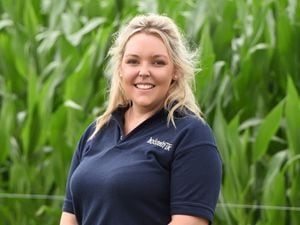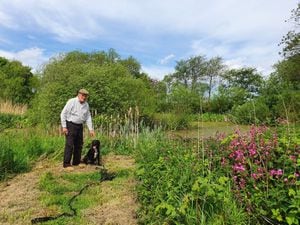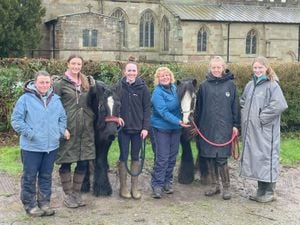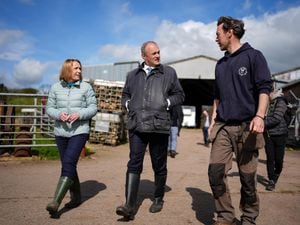What to do when there’s nobody to take on the farm
On retirement, many farmers are finding there is no-one to take on the farm.
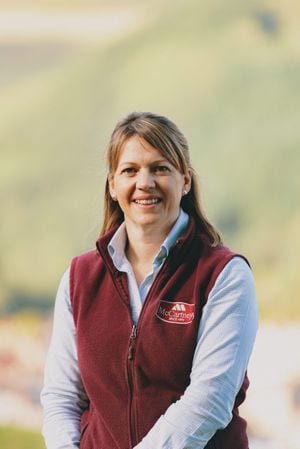
There are four options.
Selling the farm – If you want to make a clean break this can be a good option. But be aware that you’d be subject to capital gains tax as well as increased inheritance tax. If this is your favoured option, start by getting the house and land valued, and decide how you want to sell. I would advise speaking to a land agent about any development opportunities prior to selling, to help increase the value of the property.
Letting the farm as a whole – This is perfect for those who want to avoid inheritance tax and don’t want to part with the farm just yet. One drawback is that it requires having capital to reinvest in a property for you to live in, but the tenancy could provide a good income to help support retirement. It’s advisable to choose the right person to take on the farm and once you’ve achieved this, set up a farm business tenancy agreement.
Share or contract farming – This can work for people who want to remain in the farmhouse but aren’t able to work full time on the farm. Make sure agreements are set up correctly to protect the agricultural property relief. You’ll also need to demonstrate that you’re still involved in farming activities or decisions.
Cropping and grazing licences – The final option is to stay in the farmhouse and let the land out on cropping or grazing licences. These licences need to be set up with your land agent to ensure both parties are aware of their obligations. The farmer needs to demonstrate that they’re spending money on the land, otherwise you could risk losing the agricultural property relief.
It’s important to talk things through early and seek the right advice from qualified professionals.
Jenny Layton Mills, partner at McCartneys.

